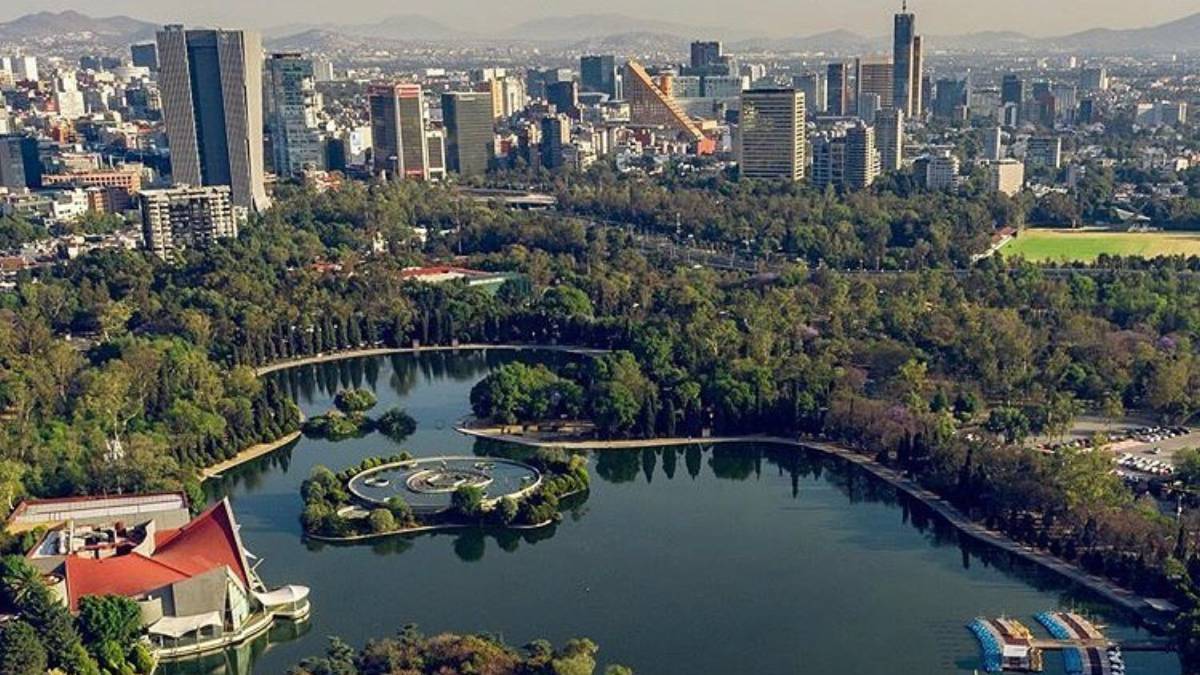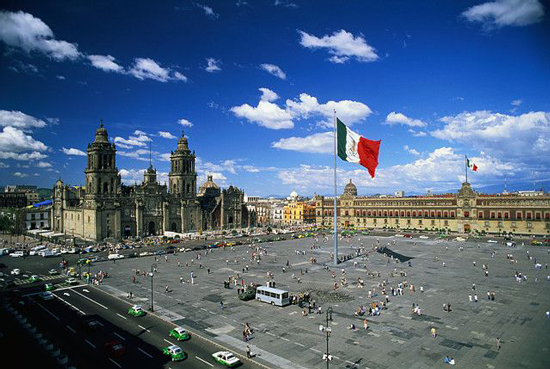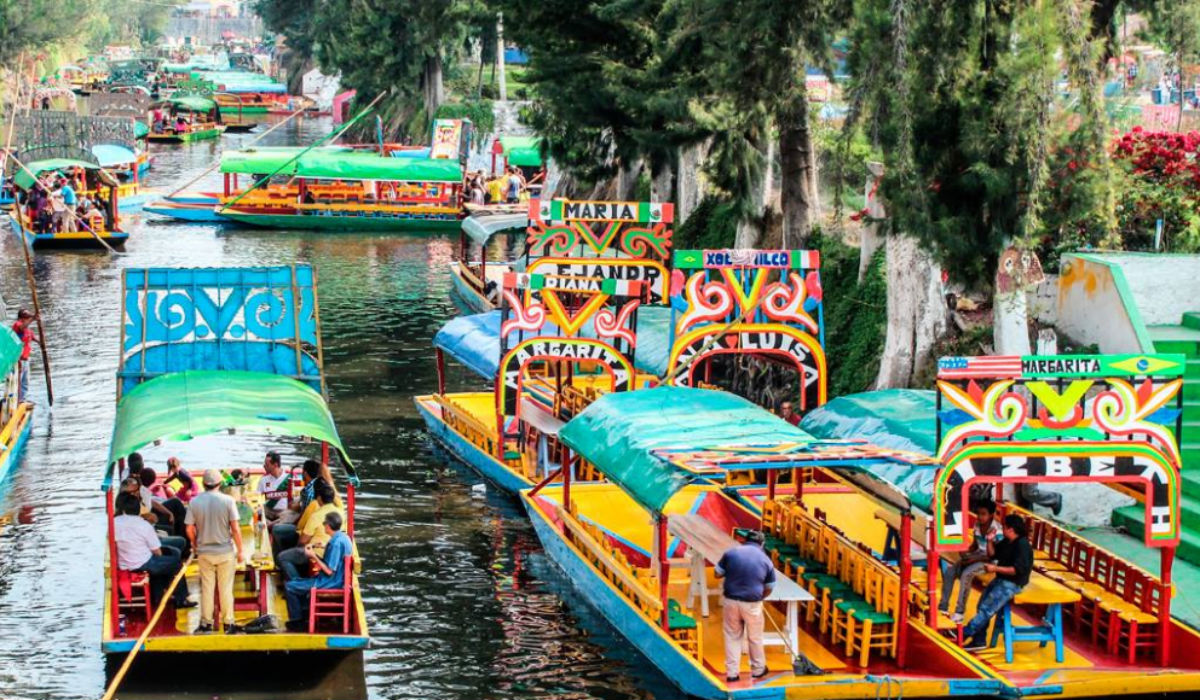- Attractions

Currently, the species collection at the Chapultepec Zoo is made up of a total of 1,210 specimens of 204 wildlife species from Mexico and the world.
The zoo houses endangered species such as: giant panda, Mexican wolf, mask bear, orangutan, Sumatran tiger, Central American tapir, volcano rabbit, Xochimilco axolotl, California condor, Andes condor, and golden eagle.
The lakes are classified into major and minor lake of the first and second section and you can ride them in boats
The museums that are in this enormous forest are the Tamayo, of natural history, snail, modern art, national anthropology, papalote museum of the child and the site museum.
The decision to build the Castle was made in 1784, originally planned as a lavish country house for the viceroys. Later it became the headquarters of the Military College and, between 1864 and 1867, it was the Imperial Residence of Maximilian of Habsburg and Carlota, who transformed the gardens to European taste and made modifications to the architecture. It continued as an Official Residence during the Porfiriato, when the changes that last to date were made.
In 1935 Lázaro Cárdenas moved to Rancho de La Hormiga, today Los Pinos, and later decreed that the Castillo de Chapultepec function as the National Museum of History. This ranges from pre-Hispanic and viceregal history to the beginning of the 20th century; above all, attempts are being made to relive the times when the Castle was the official residence of viceroys and then presidents.
Historic center of Mexico City

It constitutes the original nucleus around which the current Mexican capital grew.
The area of this area of the city can be defined according to two criteria.
In an administrative sense, it corresponds to the Colonia Centro de la Demarcation Cuauhtémoc.
In another sense, it corresponds to the zone of historical monuments delimited by the National Institute of Anthropology and History.
It was reconciled and circumscribed by presidential decree on April 11, 1980. It has an area close to 10 square kilometers, it has been a World Heritage Site since 1987.
Palace of fine arts

This has been the scene and witness of shocking events, both artistic, social and political; Its construction dates from the end of Porfirio Díaz's mandate, commissioned by the Mexican president on the occasion of the centenary celebration of the beginning of the Independence of Mexico, however it was inaugurated until November 29, 1934 after the outbreak of the Mexican Revolution.
As an institution, it depends on the National Institute of Fine Arts (INBA), part of the Ministry of Culture of the federal government. In 1987 it was declared by Unesco as a world heritage monument.
Inside it houses various stages and rooms for the practice and exhibition of works. The Palacio de Bellas Artes Museum and the National Museum of Architecture are housed inside, the former permanently exhibits 17 mural works by seven national artists executed from 1928 to 1963, including Diego Rivera, David Alfaro Siqueiros and José Clemente Orozco, being the oldest in the country dedicated to national plastic production. It is also the headquarters of the National Symphony Orchestra, the National Opera Company (Fine Arts Opera), the National Dance Company and the Amalia Hernández Folkloric Ballet of Mexico.
Xochimilco

The Xochimilco canals and the traditional chinampa cultivation system are Cultural Heritage of Humanity. More than 200 colorful trajineras depart from its ten piers to tour the channels, the routes of which reach the chinampas or the Isla de las Muñecas. Along the way, the visitor will be able to eat, celebrate with family or friends, sing with a mariachi or simply dedicate themselves to enjoying the beautiful landscape.
Buying flowers is part of the Xochimilco experience, as is visiting the town center, with its magnificent Franciscan parish of San Bernardino de Siena, or the colorful traditional market.
Art fans can visit the Dolores Olmedo Patiño Museum, patrons of painters such as Diego Rivera and Frida Kahlo
In the Nativitas Forest you can enjoy the wind in a palapa and go horseback riding. To delight in nature and learn about conservation, go to the San Luis Tlalxialtemalco Forest, the Xochimilco Ecological Park and the Chinampero Michmani Ecotourism Center.
- Typical dishes

Some of its typical dishes are tamales, corn, quesadillas, Mexican-style egg, chilaquiles, pozole, chiles rellenos, tlacoyos, among others.

No hay comentarios.:
Publicar un comentario